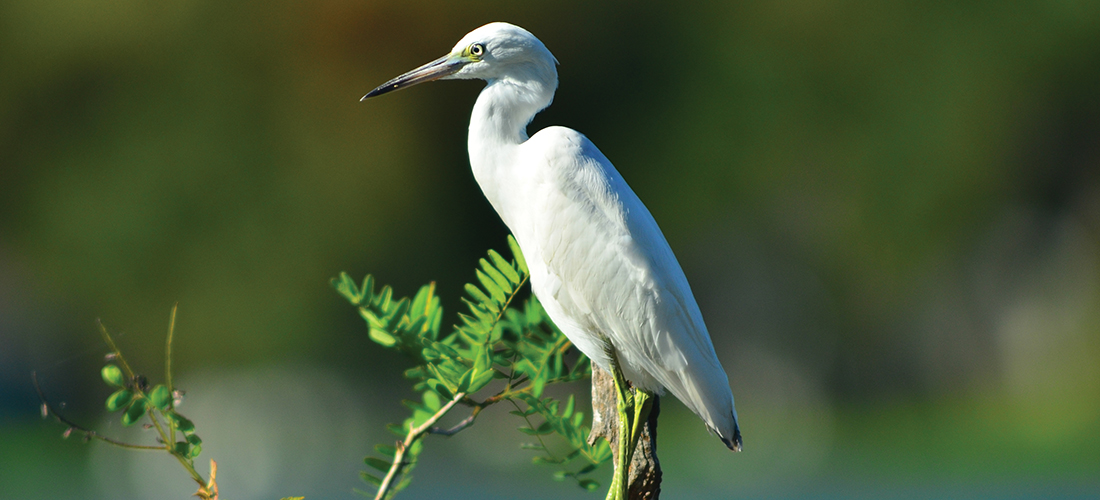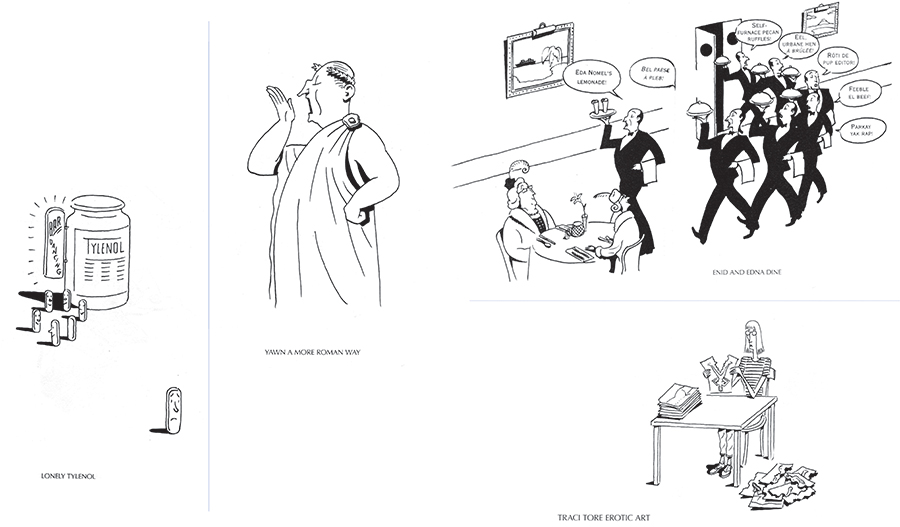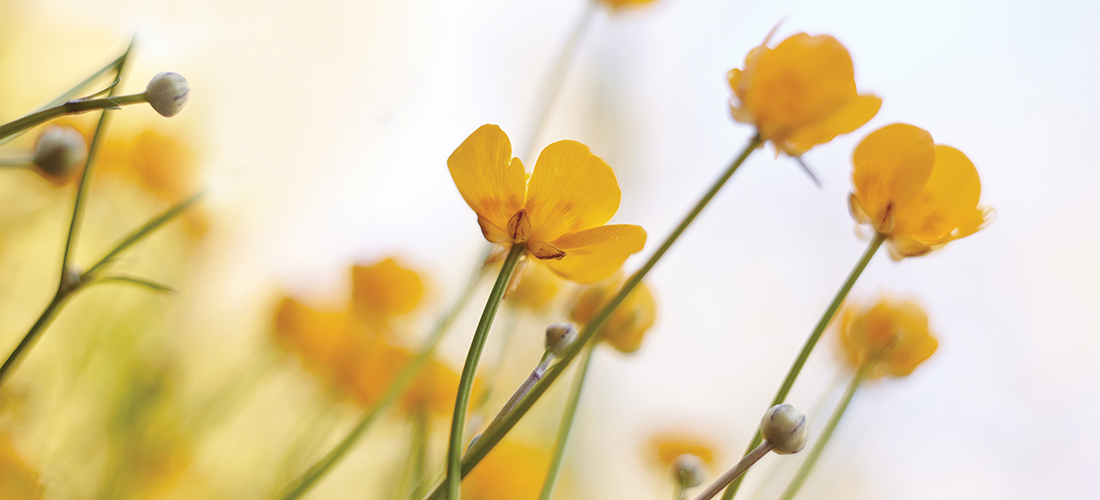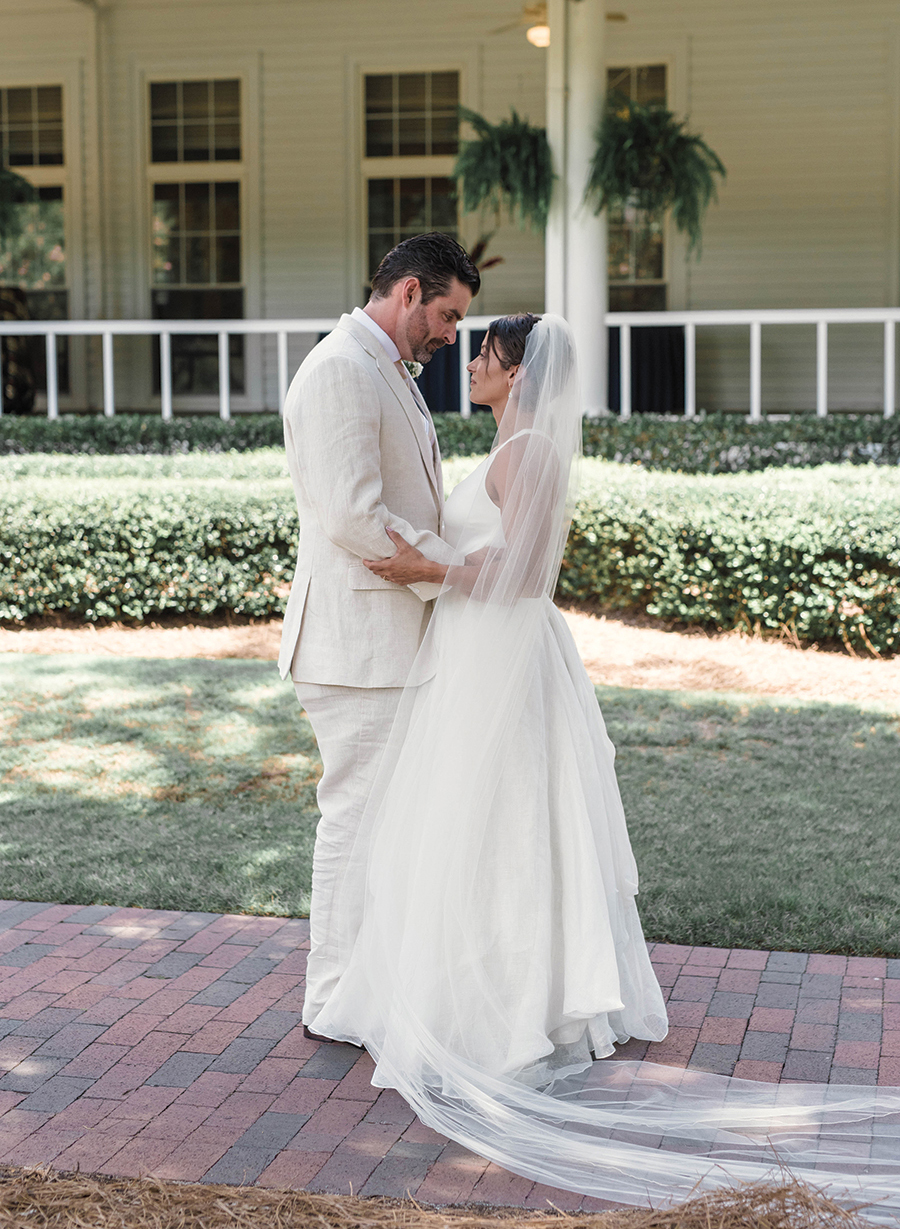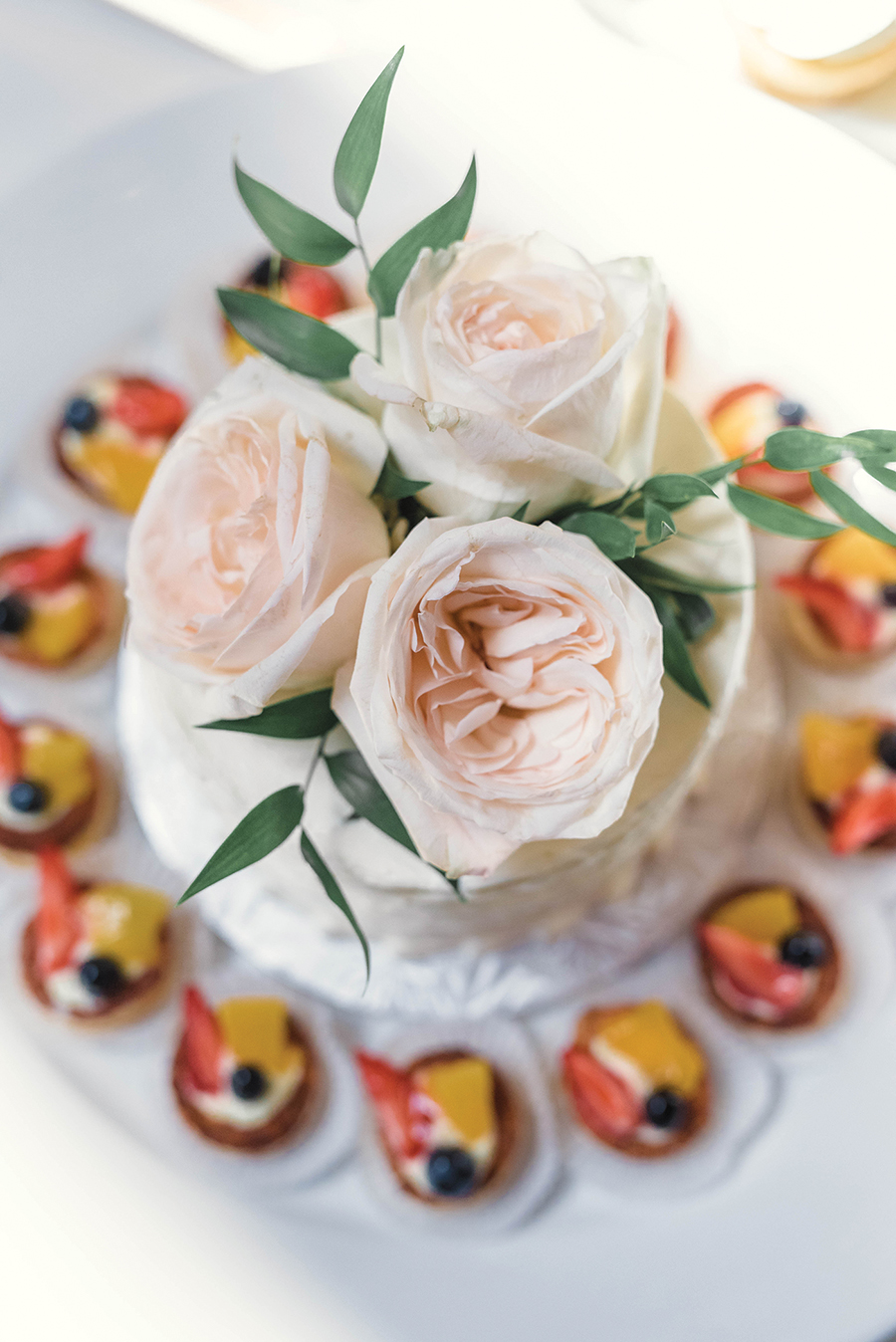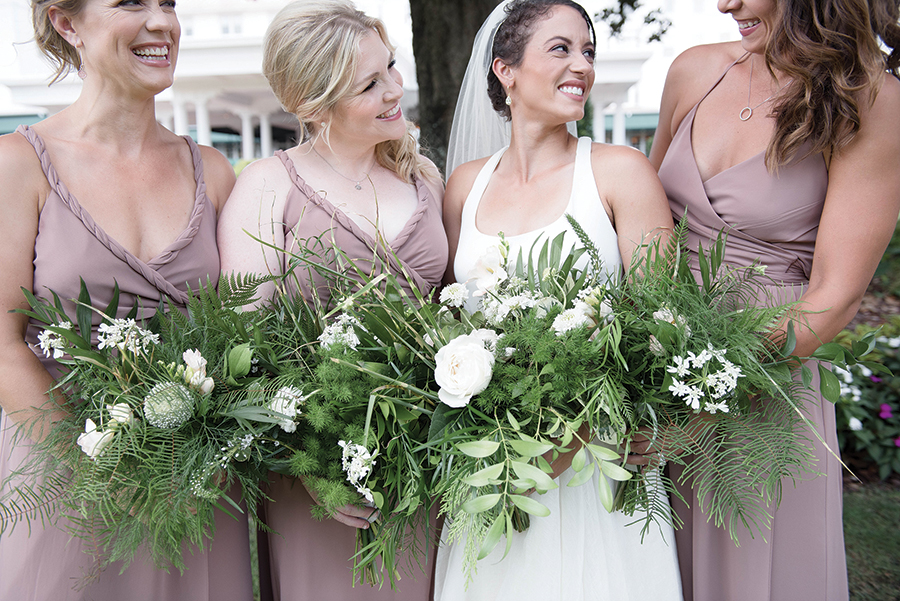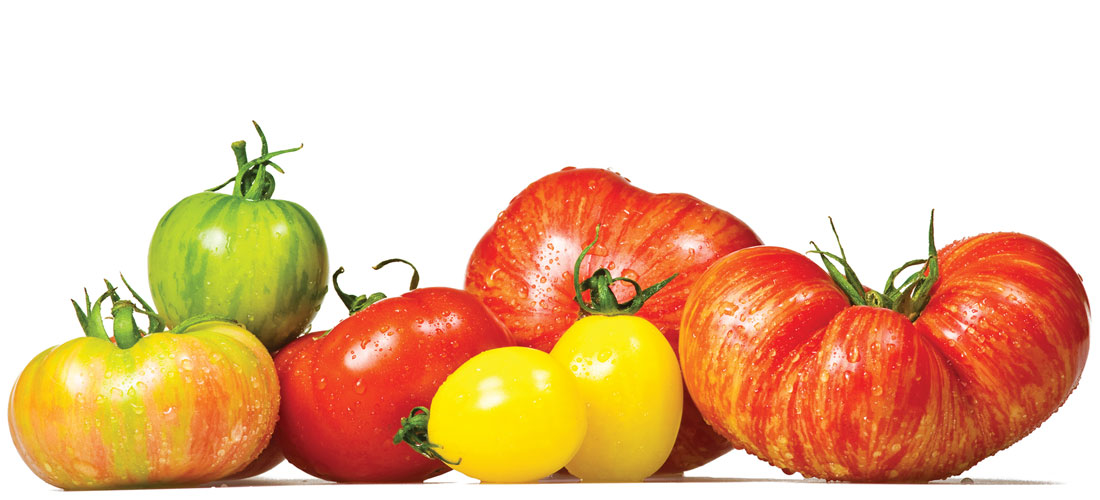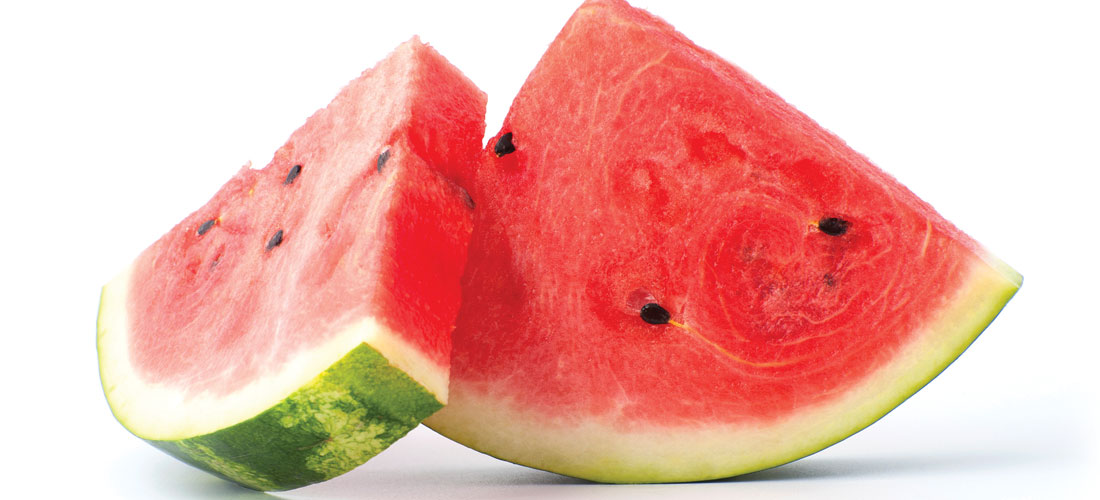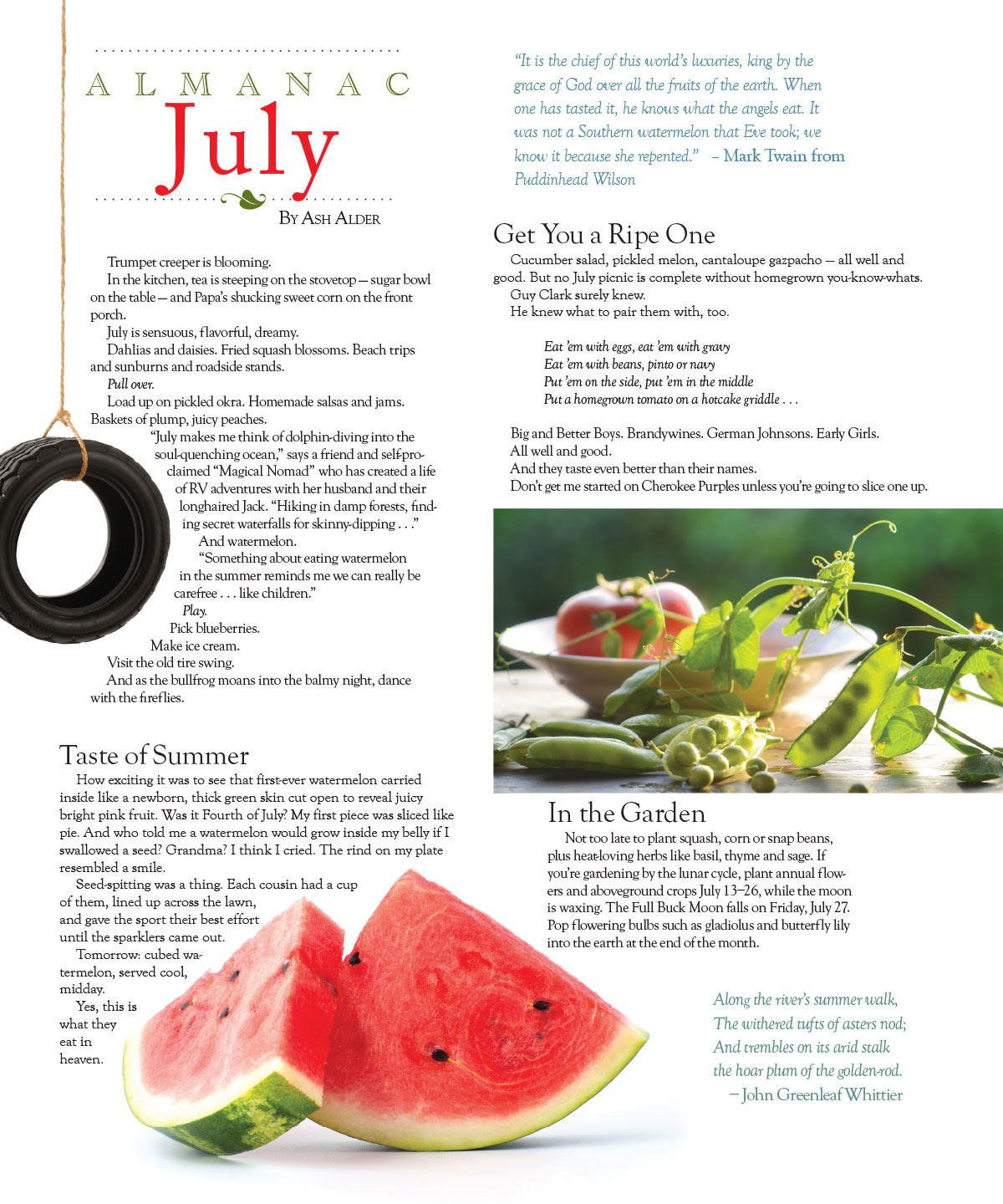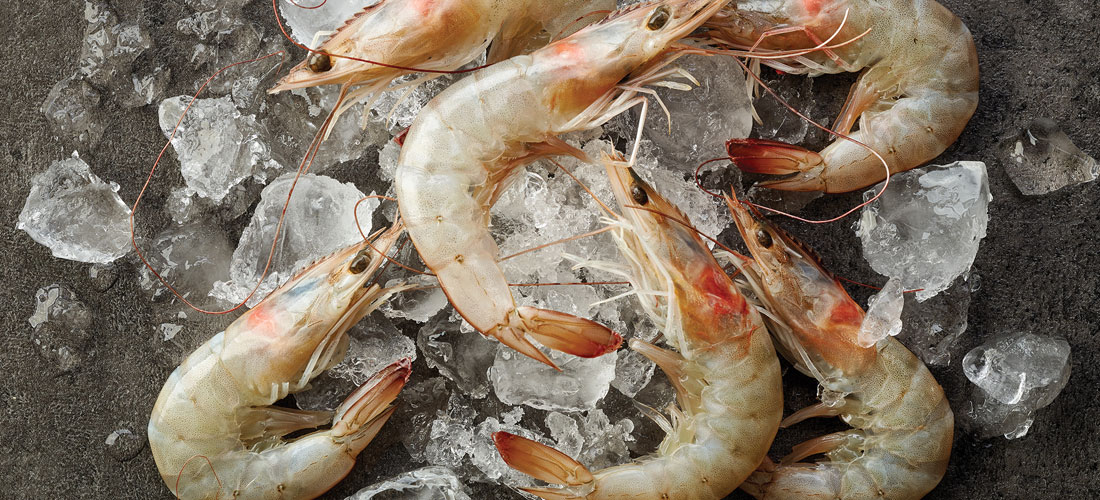Late summer brings the arrival of the little blue heron
By Susan Campbell
Late summer can be an especially exciting time for those of us who are birders. We need not travel far to find unexpected visitors, especially when tropical weather blows birds off track and they show up as close as our backyards.
Often these strays are here for only hours. Other times, they stick around in response to environmental conditions that bring them our way.
One late summer visitor to look for is the little blue heron, only don’t expect it to be blue. That’s because young blue herons, which these inland wanderers almost always are, are covered with white feathers — except for the very tips of their wings. And for those with really sharp eyes, the bill of these small herons is pinkish or grayish and the legs are greenish unlike the bright yellow legs of the great or snowy egret, which also may turn up in the Piedmont or Sandhills at this time of year.
These beautiful white waders are best spotted in shallow wet habitats: streams, small ponds, water hazards, retention areas or other places with standing water. Little blue herons may be seen all by themselves or mixed with other long-legged waders. You may even spot them standing alongside the much larger great blue heron. Little blues can be identified by their more upright foraging posture and slow, deliberate movements. And watch for their downward angled bills as they stalk prey. Unlike other small waders, they will hunt in deeper water, often all the way up to their bellies. Little blues hunt not only small fish but frogs, crawfish and large aquatic insects. It is thought that their coloration allows them to blend in inconspicuously with similar white species, which offers the juveniles protection. Foraging alongside great egrets also seems to afford little blue herons an advantage as these larger birds stir up the water, flushing up a meal for nearby little blues.
It takes little blue herons at least a year to develop adult plumage — not unlike white ibis that can also be found breeding along our coast. (By contrast, great blue herons sport dark plumage their first summer and fall.) Adult little blue herons may have a pied appearance for a time in late winter or early spring. But by April they will turn a slaty, blue-gray all over, with a handsome bluish bill. Unlike other wading birds, they lack showy head or neck plumes. They are also unique in having projections on their middle toes that form a comb, which is used as an aid when grooming.
Unfortunately this species has experienced an alarming drop in population numbers over the past half century across North America. Loss of coastal wetland habitat, continued declines in water quality, as well as being shot as a nuisance in fish hatcheries all are thought to be contributing to the decline. So be sure to stop and appreciate these stately, though smaller birds should you come across one — wherever you happen to be. PS
Susan would love to receive your wildlife sightings and photos. She can be contacted by email at susan@ncaves.com.

